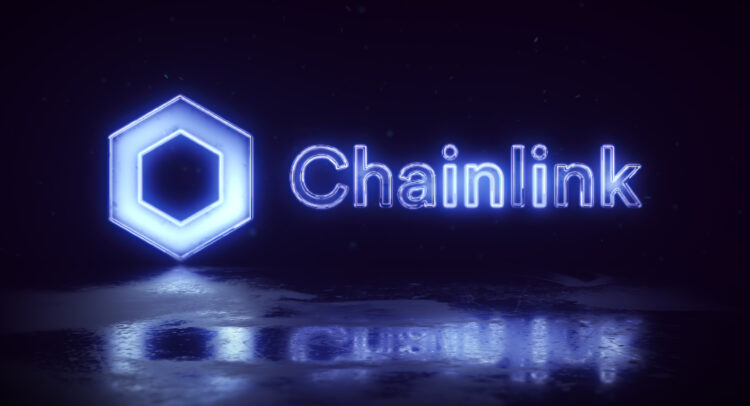Cryptocurrency Chainlink (LINK-USD) is a Web3 infrastructure project primarily building oracles, which are entities responsible for publishing outside data to a blockchain. Its token, LINK, hasn’t been doing great in recent months, to the dismay of its loyal Marines (LINK holders’ nickname), with many rumors of constant insider selling.
Elevate Your Investing Strategy:
- Take advantage of TipRanks Premium at 50% off! Unlock powerful investing tools, advanced data, and expert analyst insights to help you invest with confidence.
The project has achieved an unquestionable penetration within its niche, being used by the vast majority of DeFi projects who need to rely on oracles. According to its end-of-2022 report, it has onboarded over 1,600 projects that use its service. Though many of these may be smaller projects, some of the largest DeFi protocols rely on Chainlink’s oracles — GMX, Compound (and most of its forks), Aave, and even MakerDAO, which has resisted using it for the longest time (although it’s not using Chainlink’s core Price Feeds service).
Despite the success of its business, Chainlink’s LINK hasn’t been an attractive Buy for quite some time. The fanatical community of LINK holders has seen its price remain largely flat for over a year.
Chainlink’s peak was in early 2021, while it failed to reach its previous highs in the second part of the year as money mostly flowed into “exciting” layer-1 networks, including Terra/LUNA.
There are many tokens that performed far worse than LINK in the past year, so it’s hardly dead yet. However, can the project grow and diversify its product enough to trigger a new LINK growth cycle?

What Does Chainlink Do?
Chainlink’s core proposition is that it solves the “oracle problem” in a similar way as Bitcoin (BTC-USD) solved the “double-spend problem” for decentralized ledgers.
The oracle problem states that blockchains have no way of trusting any external data submitted to it, as they have no guarantee that its source is providing correct information. Unlike transactions with the blockchain itself, where the operations are secured by provable cryptography, the only way that a blockchain could verify an oracle’s information is by checking it with another oracle. The oracle problem is effectively impossible to “solve” in a deterministic (mathematical) way because of this.
Double spending also can’t be solved deterministically and requires economic consensus algorithms such as Proof-of-Work or Proof-of-Stake (PoS) to be mitigated. Chainlink adopted a very similar solution to PoS. Data providers in the Chainlink network have to stake a certain amount of LINK, which will get slashed or taken away if they submit data that doesn’t match what the majority of the network’s participants are publishing.
There’s criticism over just how decentralized this approach truly is, but from a business perspective, the system works well and has seen tremendous adoption.
Has Chainlink Saturated the Market?
If all the largest potential users of a product are already using it, it becomes very difficult to grow revenue and adoption any further. This is, in a nutshell, the biggest obstacle that Chainlink faces with its core product, Price Feeds.
By far, the largest use of external data in blockchain has been price information from centralized exchanges, given by Price Feeds. It’s used by protocols like Aave, Compound, or GMX to give a reliable value to the collateral users supply to it. With the crypto market suffering and Chainlink saturating its niche, it might be difficult to see it outperform again.
To the team’s credit, they are fully aware of this issue and are working on a number of alternative use cases outlined in their end-of-year report. These include real-world asset tokenization, low-latency feeds for DeFi derivatives, proof of reserves, and off-chain computation.
Tokenization of real-world assets has been growing, spearheaded by projects like MakerDAO and Centrifuge, though the phenomenon is still largely limited to one DeFi protocol.
Chainlink’s position as a business seems solid. No competitor has yet come even close to disrupting its dominance, and the team is working on diversifying its offering. Concerns about the team using LINK as their “piggy bank” are weighing down on the token, though this story has been heard many times since 2019 and 2020 — and it hasn’t prevented it from going parabolic during the bull run.
Still, given that Chainlink is no longer the upstart it once was, its success may be more tied to that of the rest of the crypto market than before.
















